Keyword research is the backbone of a successful Shopify store SEO strategy. Without understanding the right keywords, your store might not be visible to potential customers on search engines like Google. In this guide, we will walk you through the process of keyword research specifically for Shopify, share the best tools to use, and provide actionable tips that will help you boost your Shopify store’s SEO performance.
What is Keyword Research for Shopify?
Keyword research is the process of identifying the words and phrases that people are typing into search engines when looking for products, services, or information related to your store. For Shopify stores, effective keyword research helps you find valuable search terms to target, which can drive organic traffic and lead to more sales.
In simple terms, keyword research for Shopify is all about discovering the right words to optimize your product listings, blog posts, and other pages of your online store so that they rank higher in search results.
Why Keyword Research is Crucial for Shopify SEO
Understanding keyword research for Shopify is essential for your store’s success. Here’s why:
- Increased Visibility: By targeting the right keywords, your Shopify store has a better chance of appearing in search engine results when potential customers search for products you sell.
- Higher Rankings: Optimizing your product pages and blog posts with the right keywords will help your store rank higher for those terms, attracting more visitors.
- Better User Intent Matching: With good keyword research, you align your content with the search intent of your potential customers, making your store more relevant to their needs.
By targeting the right keywords, you’re not just hoping for clicks, you’re bringing in high-quality traffic that’s likely to convert into sales.
Best Tools for Keyword Research on Shopify
There are many tools available to assist with Shopify keyword research. Here are some of the best options for finding profitable keywords for your Shopify store:
- Google Keyword Planner: This free tool from Google allows you to find keyword ideas, their search volume, and the competition level.
- SEMrush: A powerful tool for discovering keywords your competitors are ranking for and for detailed keyword analysis.
- Ahrefs: Great for keyword difficulty analysis, backlink research, and discovering keywords that your competitors are targeting.
- Ubersuggest: A beginner-friendly tool that provides keyword suggestions along with their search volume and difficulty.
- Moz: Known for its accurate keyword difficulty and SERP analysis, Moz is a go-to for anyone looking to optimize their Shopify store’s SEO.
- Keyword Surfer: A simple browser extension that shows keyword data directly in Google’s search results.
Step-by-Step Guide to Keyword Research for Shopify
Step 1: Understand Your Niche and Target Audience
Before diving into keyword research, it’s crucial to have a clear understanding of your Shopify store’s niche and target audience. Who are you selling to? What are their needs and pain points? If you don’t know your audience well, you won’t be able to choose the right keywords that resonate with them.
For example, if you sell eco-friendly candles, your target audience will likely consist of people who are interested in sustainability and natural products. This will influence the types of keywords you choose.
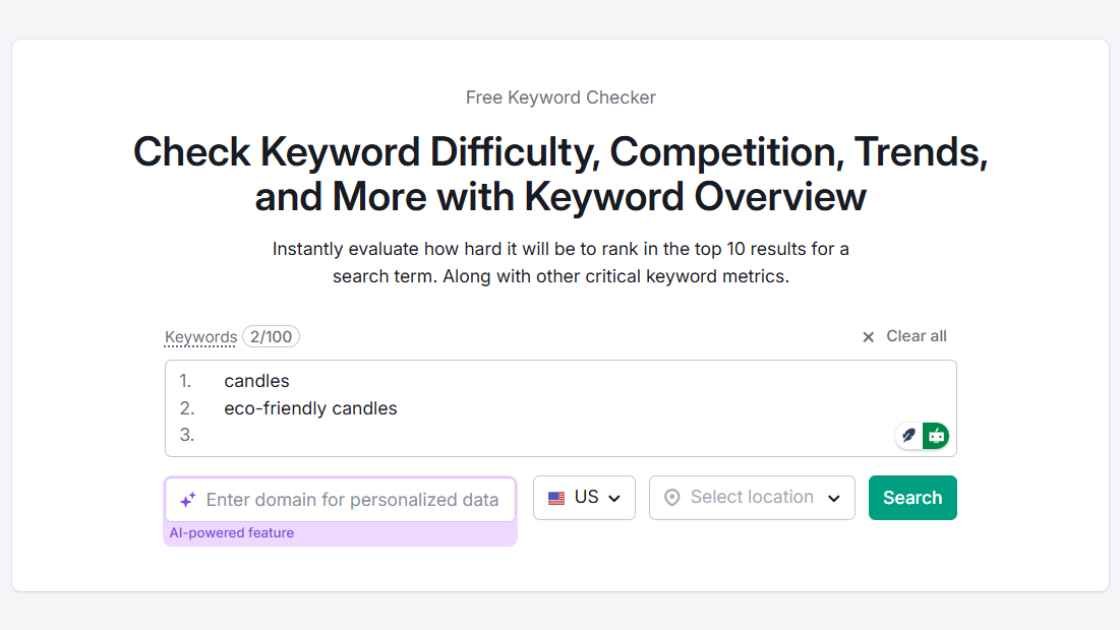
Step 2: Generate a List of Seed Keywords
Seed keywords are the foundation of your research. These are basic terms that describe your products. For instance, if you sell handmade candles, your seed keywords might include:
- “Handmade candles”
- “Scented candles”
- “Eco-friendly candles”
- “Soy candles”
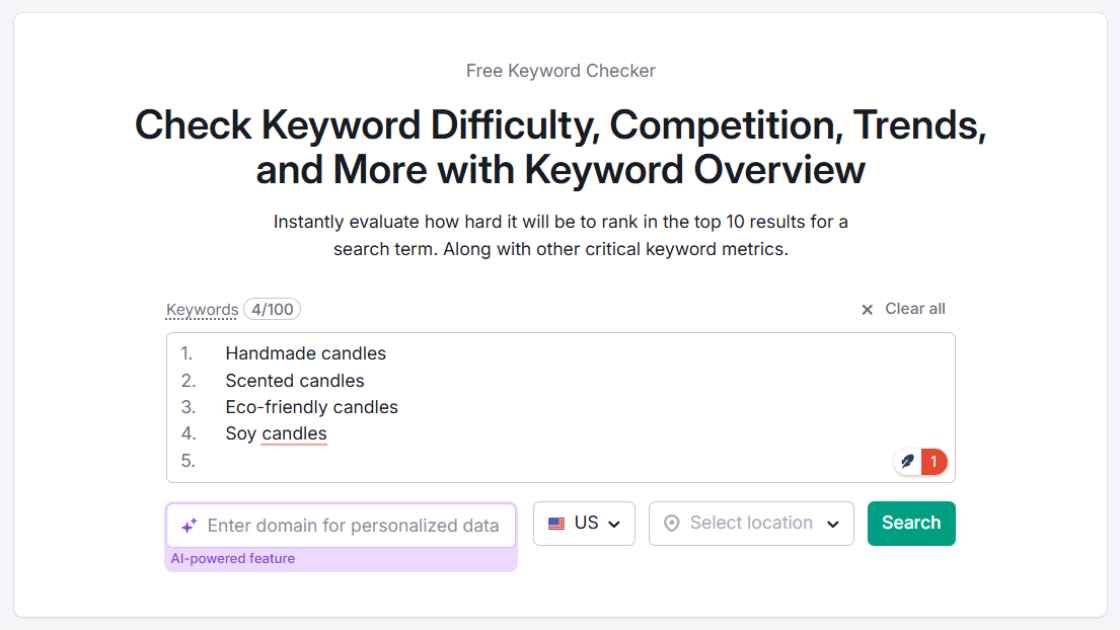
You can also use your existing product descriptions, customer feedback, or even social media posts to find more seed keywords.
Step 3: Use Keyword Research Tools
Once you have your seed keywords, it’s time to use keyword research tools to expand that list. The goal is to find keywords with a decent search volume but low competition. Focus on long-tail keywords that are more specific and have a higher chance of converting.
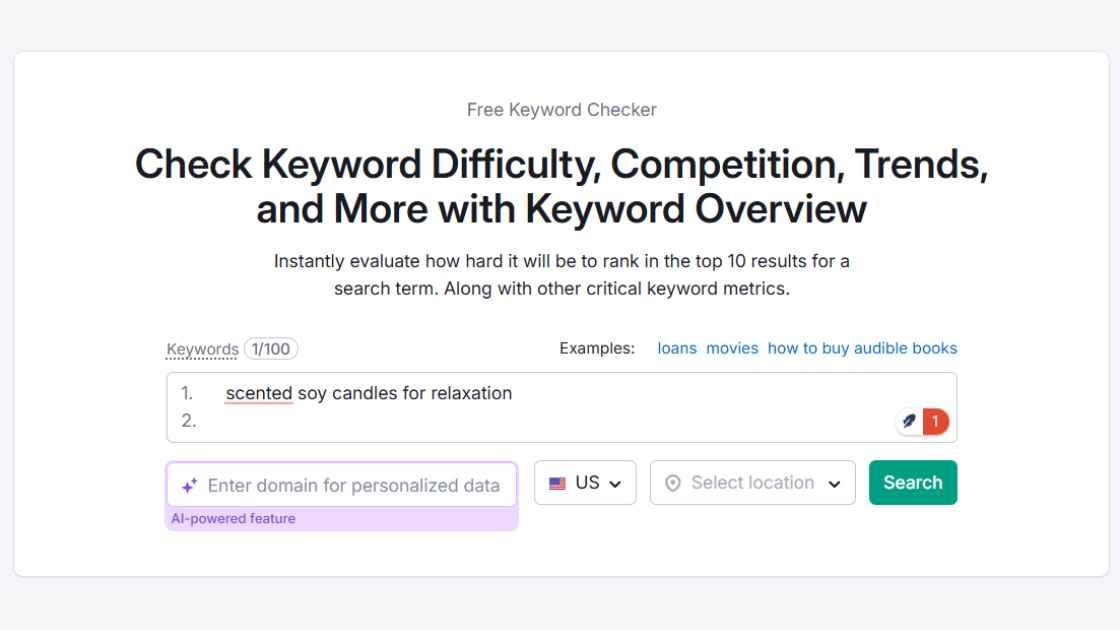
For example, instead of just targeting “candles,” a better keyword would be “scented soy candles for relaxation.”
Step 4: Analyze Search Intent
Search intent refers to the reason behind a user’s search query. When doing keyword research for Shopify, ensure that the keywords you target match the intent of your potential customers. Generally, search intent is divided into three categories:
- Informational: Users are looking for information (e.g., “how to make soy candles”).
- Transactional: Users are ready to make a purchase (e.g., “buy scented candles online”).
- Navigational: Users are looking for a specific website or brand (e.g., “Shopify candles store”).
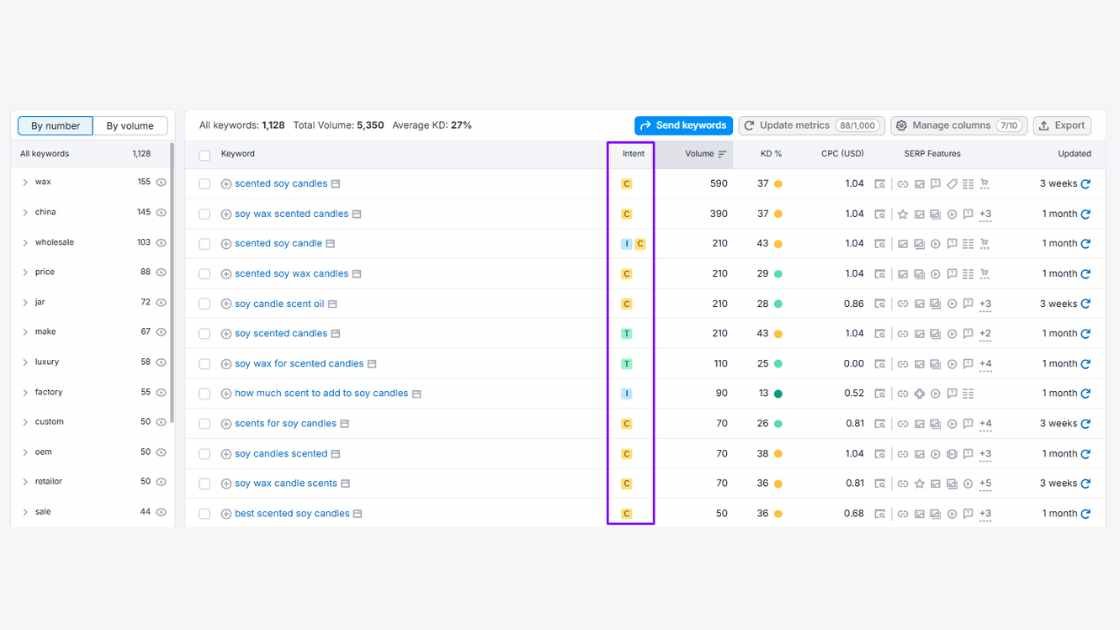
Focusing on transactional keywords is crucial for Shopify stores as they are more likely to lead to conversions.
Step 5: Competitor Analysis
Look at what keywords your competitors are ranking for. Use tools like SEMrush or Ahrefs to analyze their keyword strategies. This will give you insights into which terms might be worth targeting and help you identify keyword gaps.
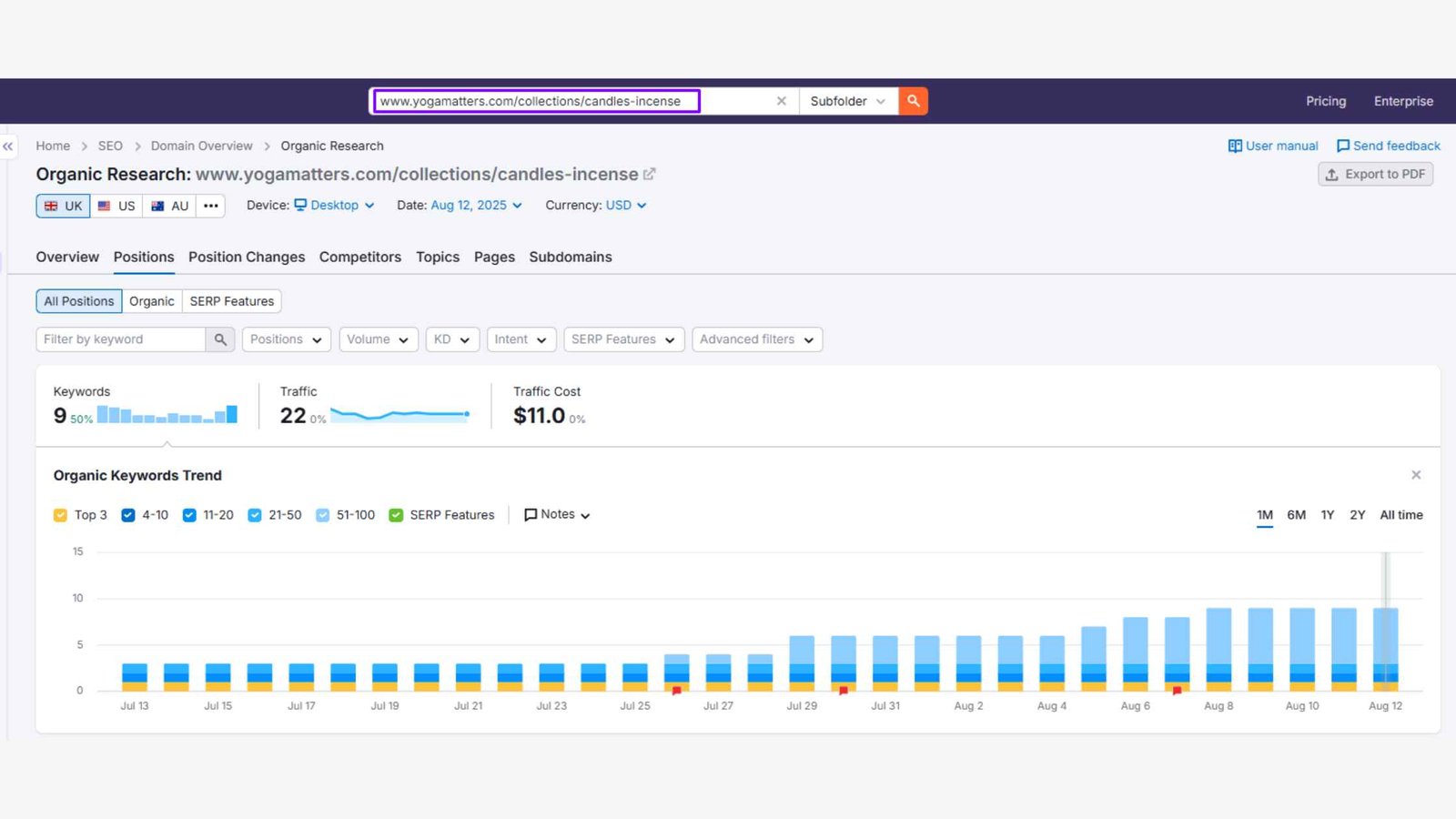
For example, if your competitor is ranking for “scented candles for yoga,” and you’re not targeting that keyword, you can add it to your list of focus terms.
Step 6: Organize and Prioritize Keywords
Once you have a large list of keywords, it’s important to organize them into categories. Prioritize your keywords based on factors like search volume, competition level, and relevance to your store. Keep in mind that long-tail keywords are often easier to rank for and more likely to convert.
For example:
- Primary keywords: “scented candles,” “handmade candles”
- Secondary keywords: “relaxing soy candles,” “eco-friendly candles”
- Long-tail keywords: “buy handmade soy candles for relaxation,” “best scented candles for sleep”
How to Optimize Your Shopify Store with Targeted Keywords
Now that you’ve conducted keyword research, it’s time to optimize your store.
Optimizing Product Pages
For each product page, make sure to include your primary keyword in the following places:
- Product Title: Include the keyword naturally.
- Meta Description: This is what shows up in search results, so make it enticing and keyword-rich.
- URL: Keep it short and descriptive with your keyword.
- Product Descriptions: Include your keywords, but make sure the text sounds natural. Focus on the benefits of the product.
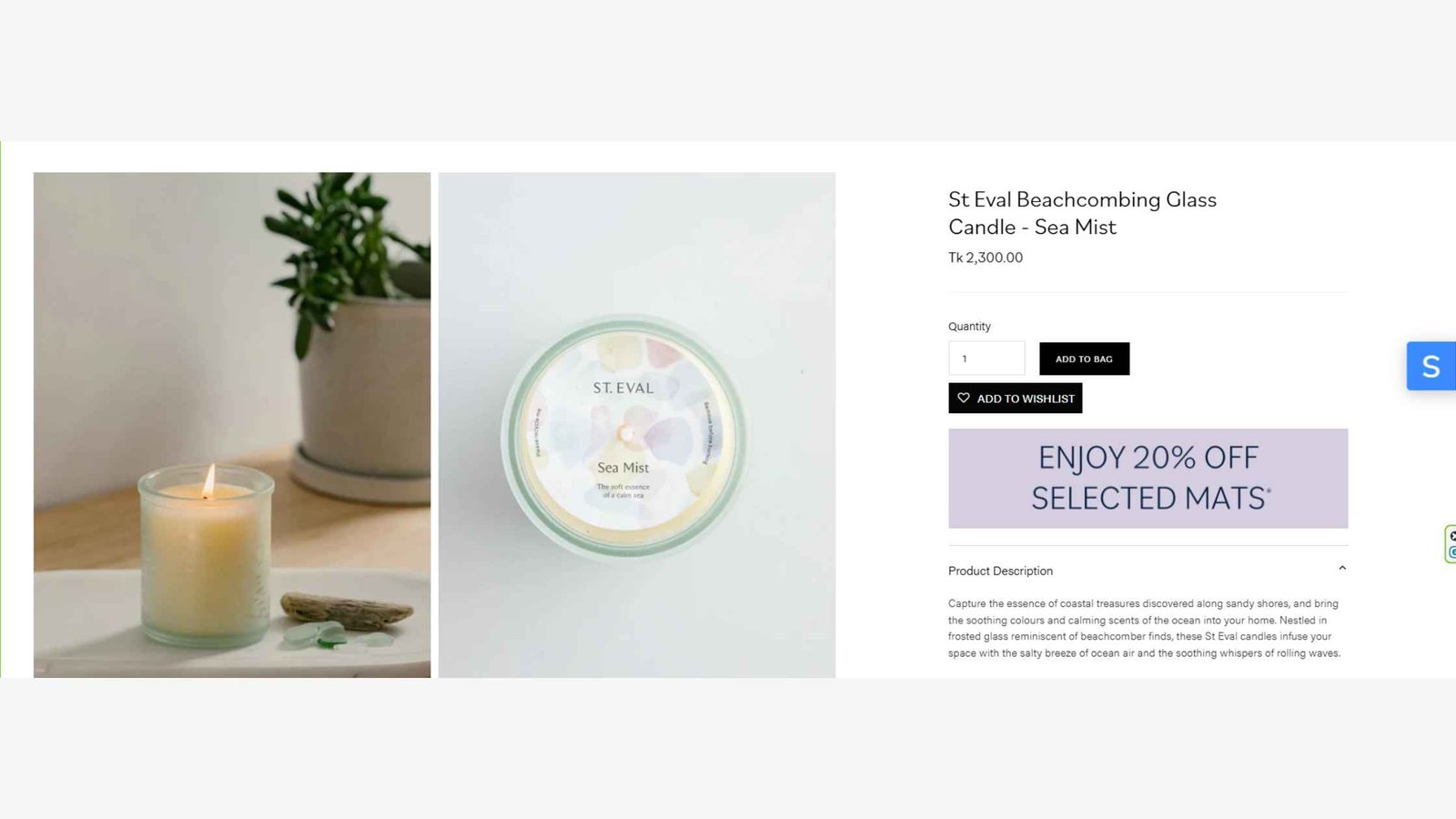
Blogging for Shopify SEO
Content marketing plays an important role in Shopify SEO. Write blog posts targeting informational keywords like “How to choose the best candles for your home” or “Benefits of soy candles.” These posts can help drive traffic and provide an opportunity to include internal links to product pages.

Image Optimization
Images are essential for Shopify stores, and they also provide an opportunity to use keywords. When uploading product images, make sure to use descriptive file names and add alt text that includes relevant keywords.
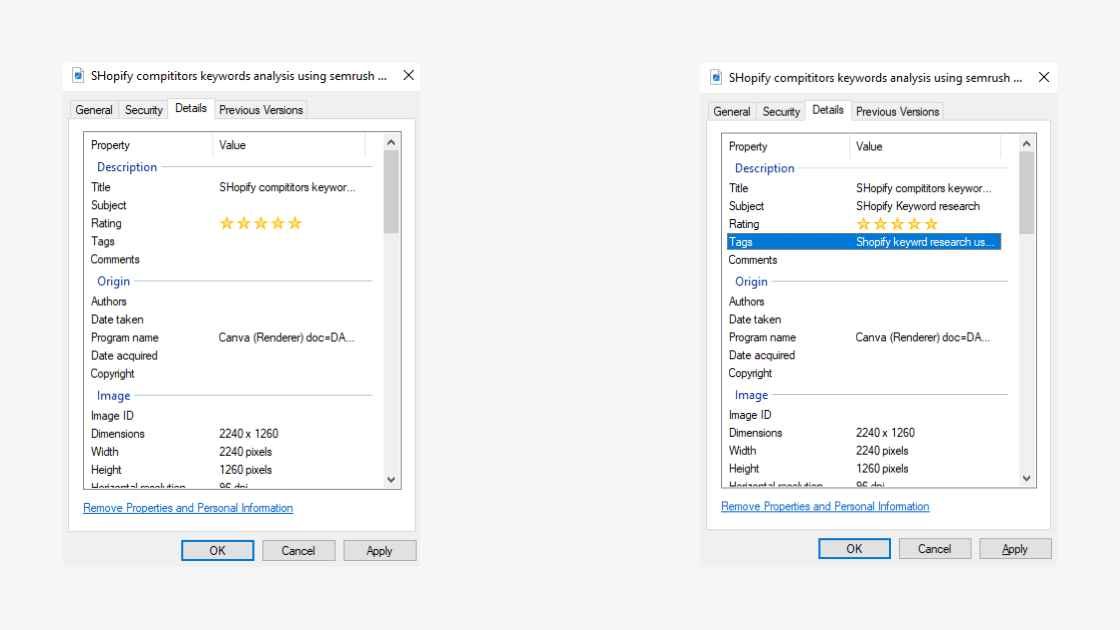
How to Monitor and Update Your Keywords
Keyword research is not a one-time task. You need to constantly monitor your keyword rankings and make adjustments as needed. Use tools like Google Search Console to track your keyword performance, and regularly revisit your keyword strategy to ensure it aligns with changing trends and search behavior.
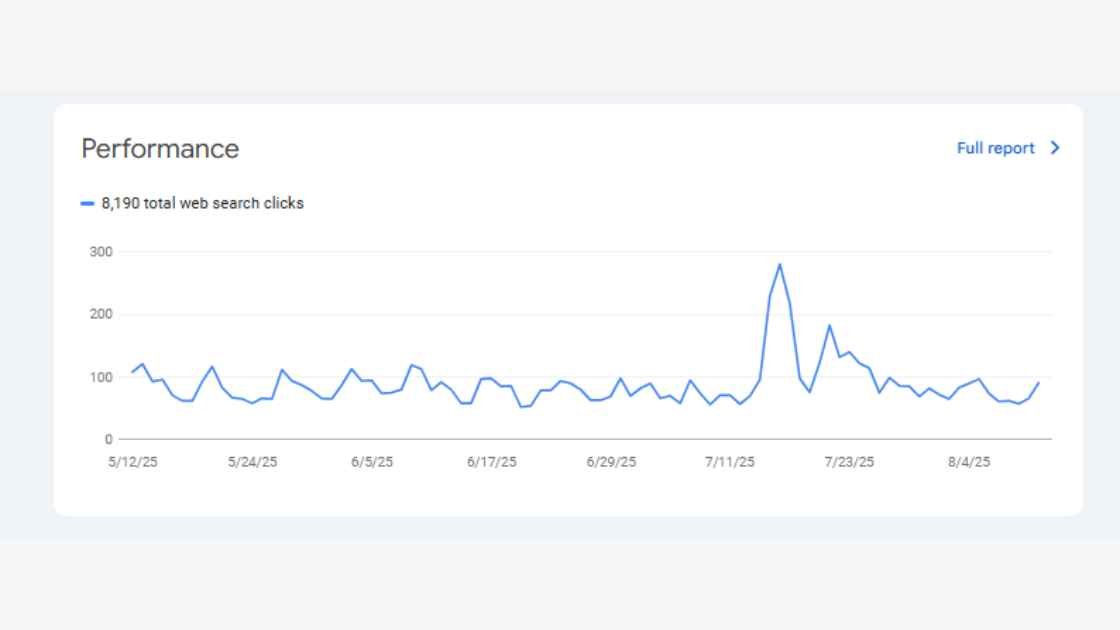
Conclusion
Keyword research is one of the most important aspects of Shopify SEO. By selecting the right keywords, optimizing your product pages, and creating valuable content, you can drive organic traffic to your store and increase sales. Remember, SEO is an ongoing process, so always monitor your performance and adjust your strategy to stay ahead of the competition. For any shopify seo help reach out to info@bradraz.com
